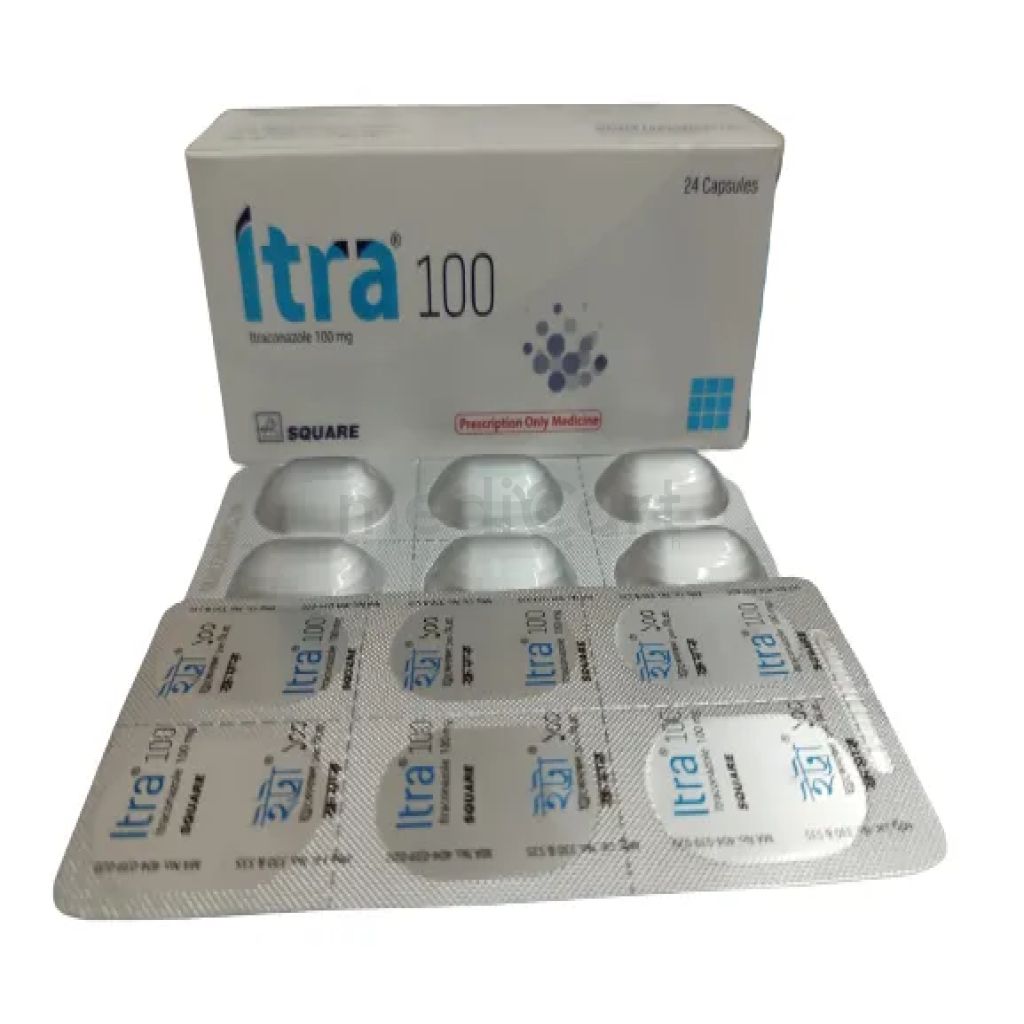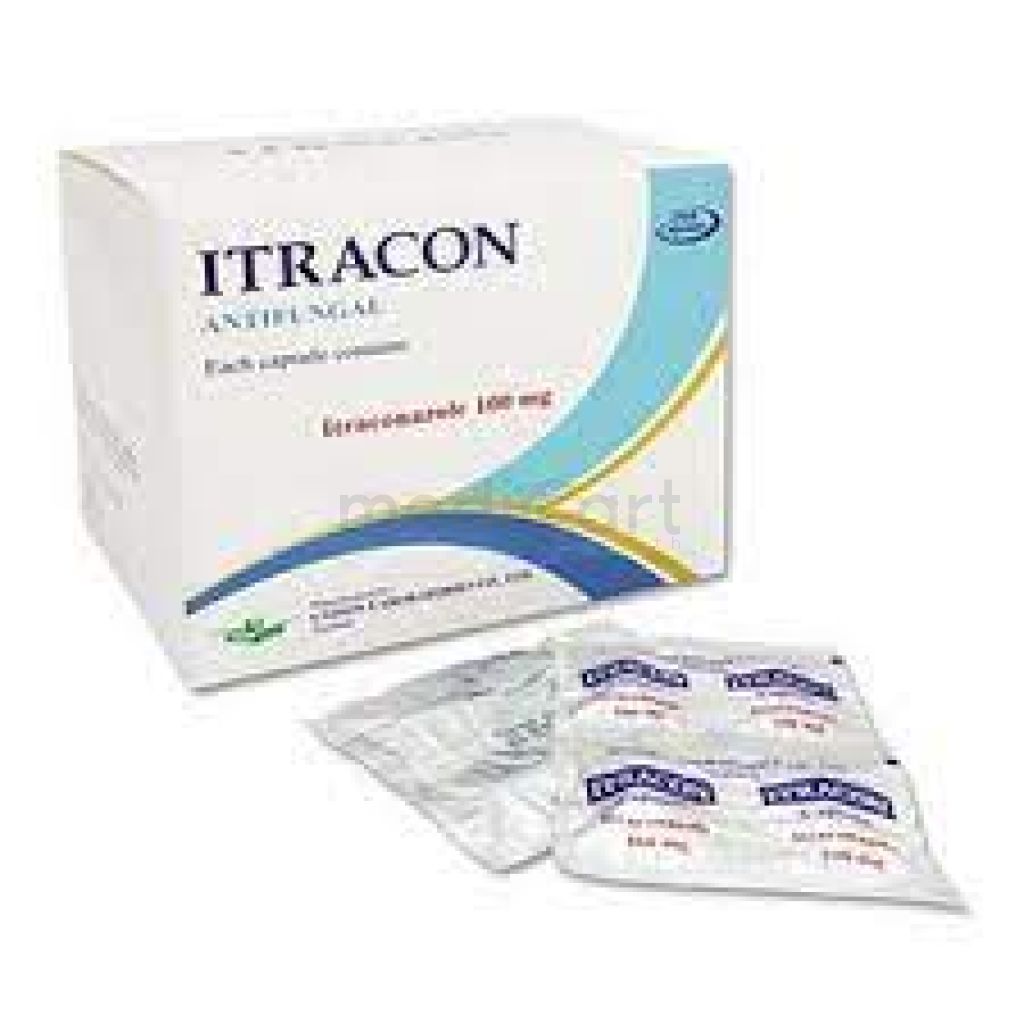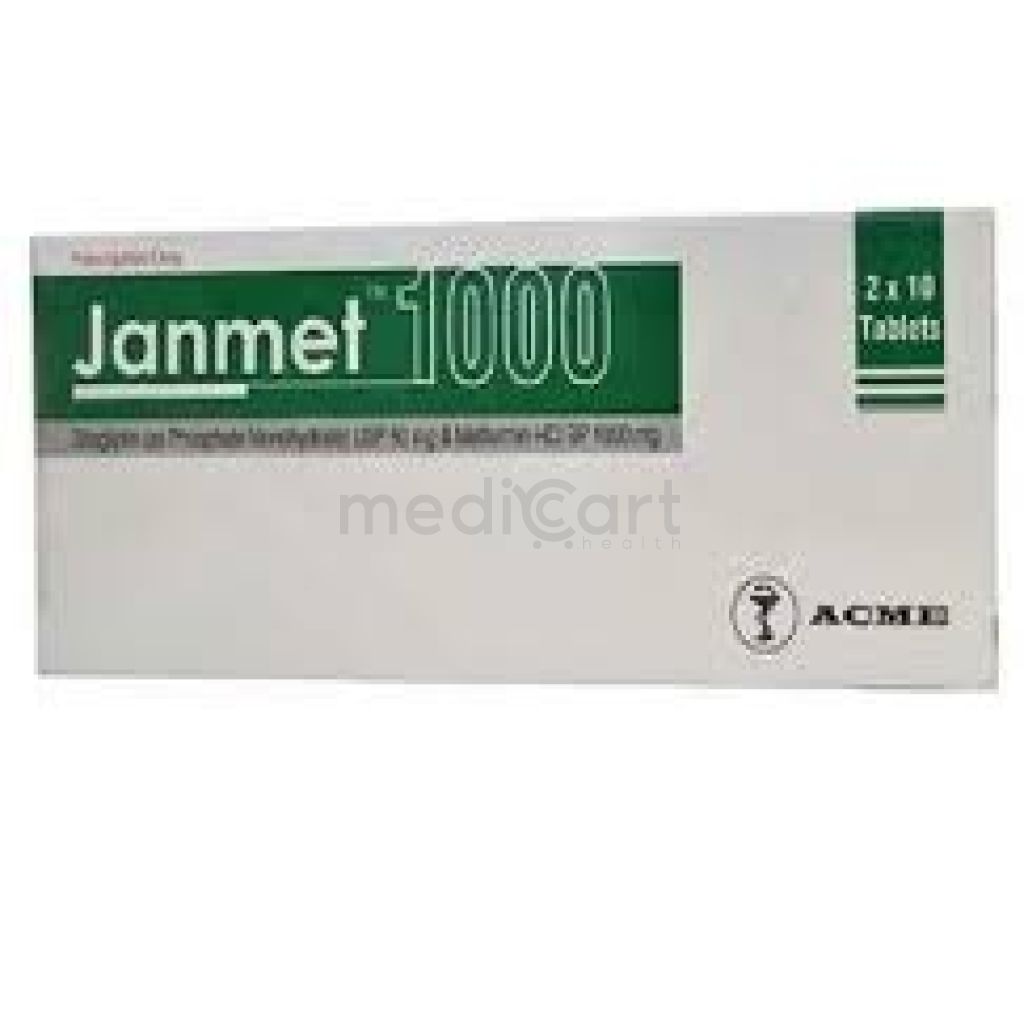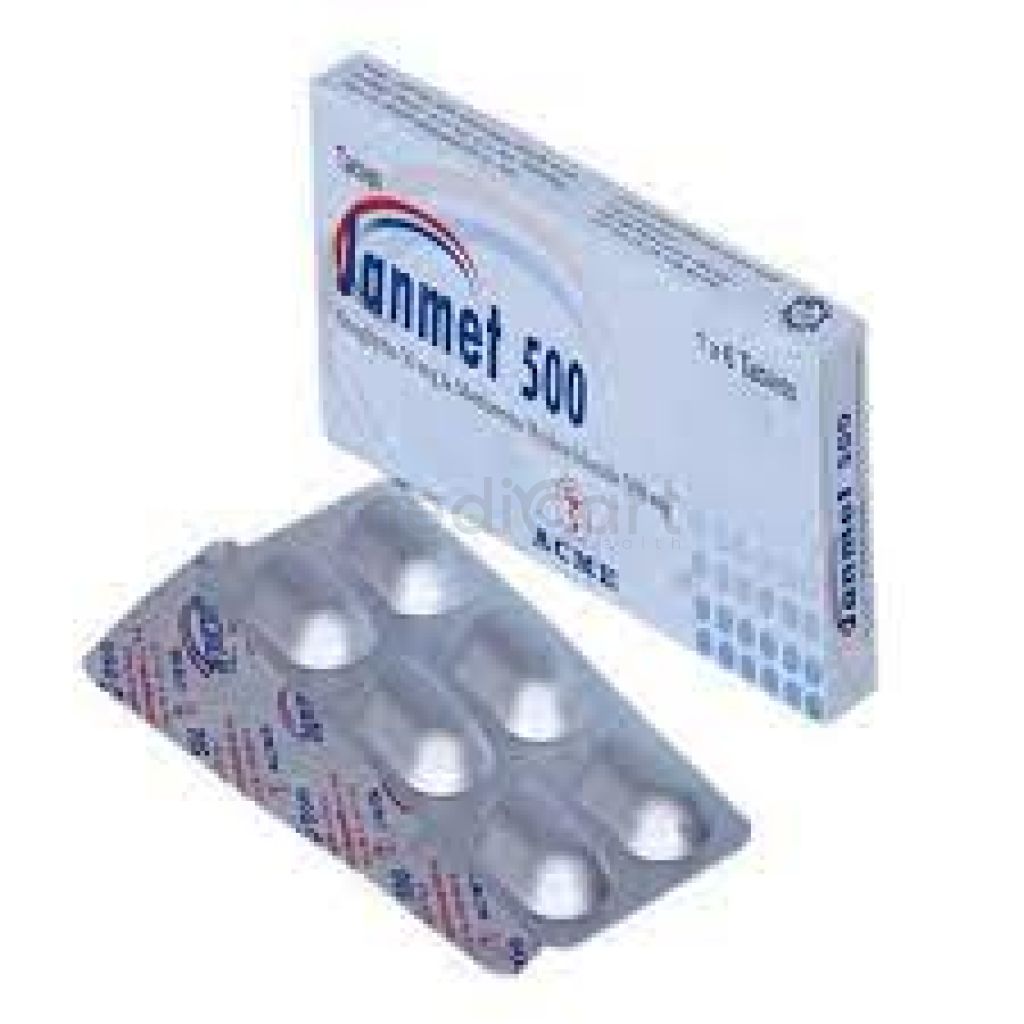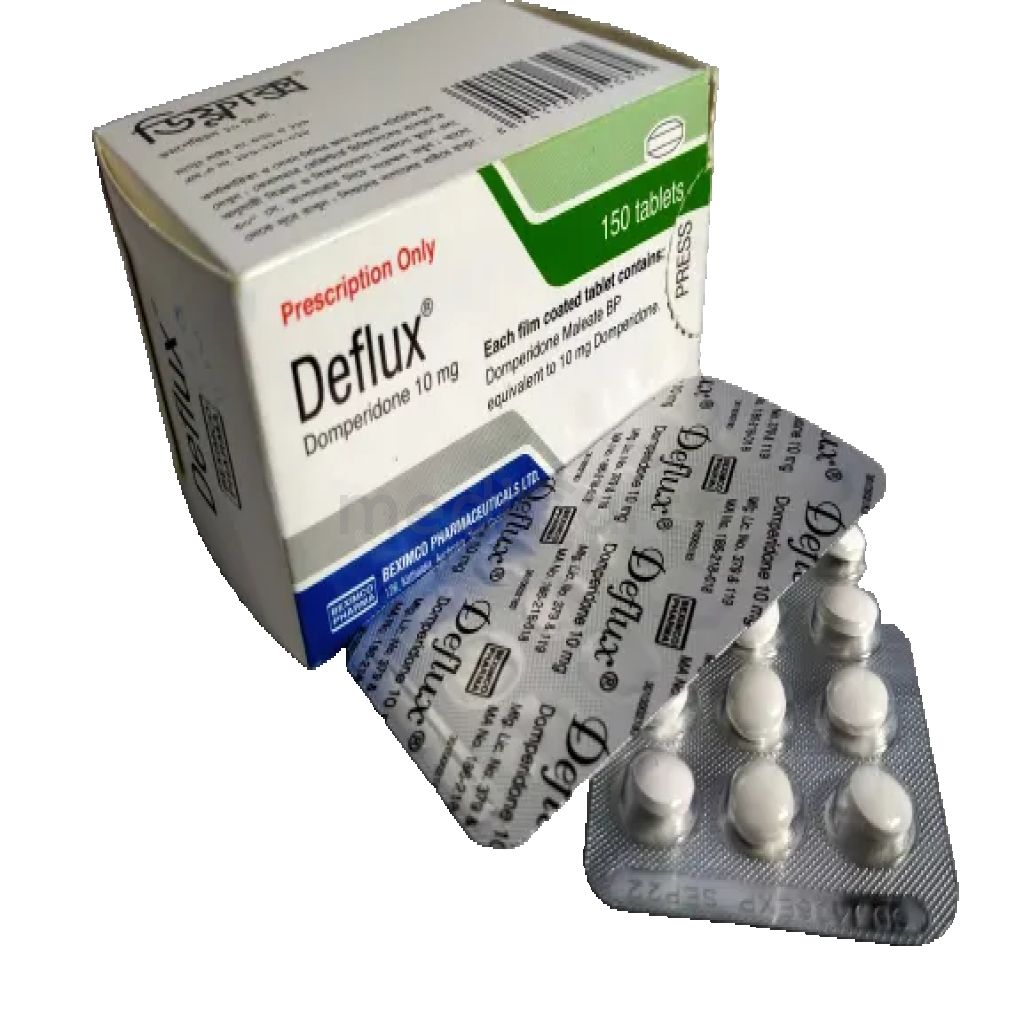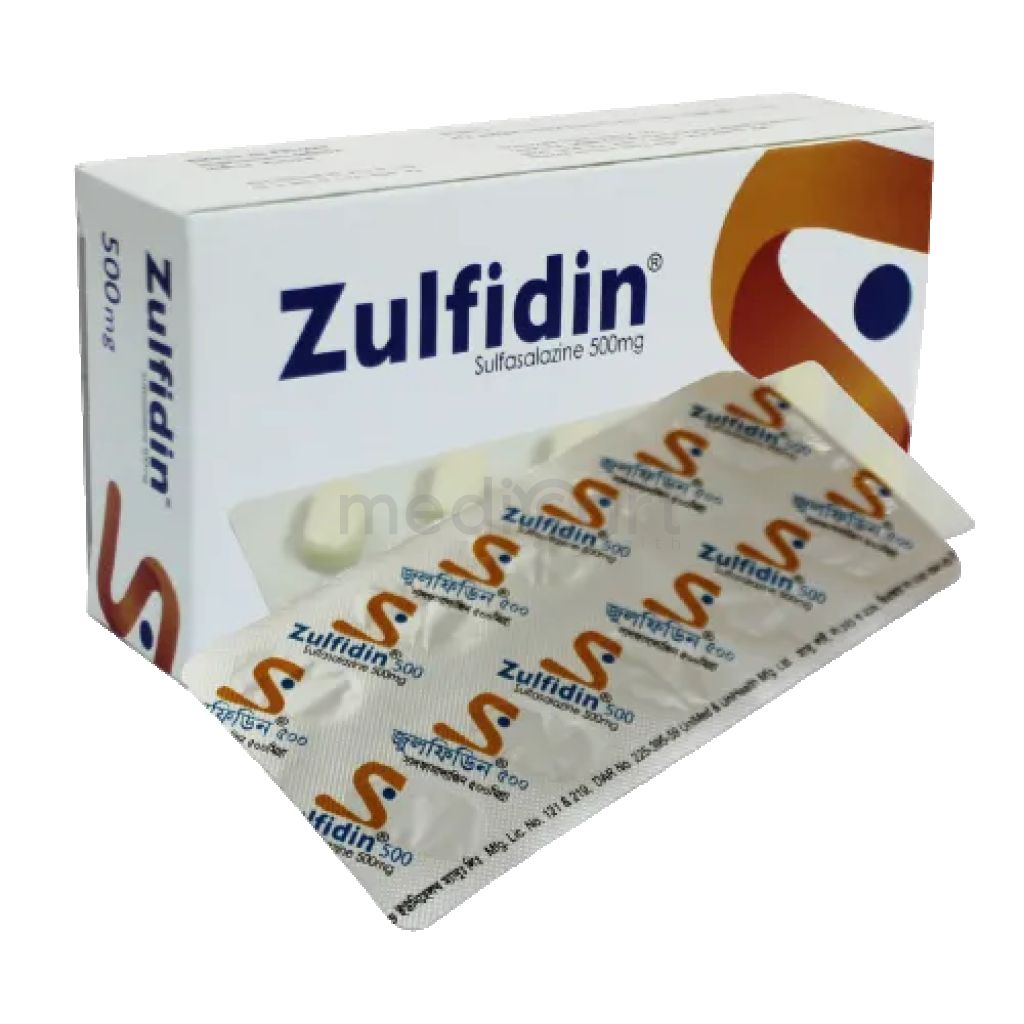

Itrazen - 100mg
Capsule
Pack Size :
6 Capsule x 1 Strip
Generics :
Itraconazole
Manufacturer :
Navana Pharmaceuticals Ltd.
Best Price *
TK
90.00
* Delivery will be done in Dhaka city only.
Alternative Product
More Information About - Itrazen - 100mg
Description
Generic Name
ItraconazolePrecaution
Renal insufficiency; CHF, history of CHF, COPD; monitor liver function. Lactation: Drug enters breast milk; weigh risk against benefitIndication
Candidiasis, Fungal infections, Tinea pedis, Tinea cruris, Tinea corporis, Pityriasis versicolorContra Indication
Hypersensitivity to azole antifungals; pregnancy and lactation; hepatic disease. IV: CrCl: <30 ml/min.Dose
N/ASide Effect
>10% Nausea (11%) 1-10% Rash (9%),Vomiting (5%),Edema (4%),Headache (4%),Abnormal liver function test results (3%),Diarrhea (3%),Fever (3%),Hypertension (3%),Pruritus (3%),Fatigue (2-3%),Abdominal pain (2%),Dizziness (2%),Hypertriglyceridemia (2%),Hypokalemia (2%),Albuminuria (1%),Anorexia (1%),Decreased libido (1%),Hepatitis (1%),Malaise (1%) Potentially Fatal: Liver failure; heart failure; pulmonary oedema; CV disease.Pregnancy Category
Name : Not Classified
Description
FDA has not yet classified the drug into a specified pregnancy category.Mode of Action
Itraconazole decreases ergosterol synthesis by interfering w/ cytochrome P450 activity. This inhibits cell membrane function of susceptible fungi including Microsporum spp., Trichophyton spp., Candida spp., Aspergillus spp., Epidermophyton spp., Cryptococcus neoformans, Histoplasma capsulatum, Blastomyces dermatitidis, sporothrix schenckii, Malassezia furfur, Coccidioides immitis and Paracoccidiodes brasiliensis. It also has antiprotozoal activity against Leishmania spp.Interaction
May increase the plasma concentrations of oral anticoagulants, digoxin, cilostazol, alprazolam, midazolam (IV), repaglinide, corticosteroids (e.g. budesonide, dexamethasone, fluticasone, methylprednisolone). May increase plasma concentration w/ HIV protease inhibitors (e.g. ritonavir, indinavir, saquinavir), erythromycin, clarithromycin. May reduce plasma concentration w/ isoniazid, carbamazepine, nevirapine, phenytoin, Phenobarbital, rifampicin, rifabutin. May reduce absorption w/ PPIs, antacids, antimuscarinics, histamine H2 receptor antagonists. Concomitant use w/ dihydropyridines may cause oedema. May increase negative inotropic effects of verapamil. May increase risk of potentially fatal resp depression w/ fentanyl. Potentially Fatal: May increase risk of QT prolongation or torsades de pointes w/ astemizole, bepridil, cisapride, dofetilide, levacetylmethadol (levomethadyl), mizolastine, pimozide, quinidine, sertindole, terfenadine, methadone, ranolazine, dronedarone, halofantrine. May increase risk of myopathy including rhabdomyolysis w/ HMG-CoA reductase inhibitors (e.g. atorvastatin, lovastatin, simvastatin). May increase risk of ergotism w/ ergot alkaloids (e.g. ergotamine, dihydroergotamine, ergometrine, methylergometrine). May potentiate hypnotic and sedative effect of triazolam and oral midazolam. May increase plasma concentration of eletriptan, nisoldipine, felodipine, disopyramide, irinotecan, lurasidone; colchicine (patient w/ renal or hepatic failure). May increase risk of hypotension and hyperkalaemia w/ eplerenone.Pregnancy Category Note
Pregnancy There are no data on exposure to itraconazole during pregnancy Published epidemiologic studies of women exposed to short courses of treatment with itraconazole in the first trimester of pregnancy have reported no risk of major birth defects overall and inconclusive findings on the risk of miscarriage Drug should be used for treatment of systemic fungal infections in pregnancy only if benefit outweighs potential risk; therapy should not be administered for treatment of onychomycosis to pregnant patients or to women contemplating pregnancy; drug should not be administered to women of childbearing potential for treatment of onychomycosis unless they are using effective measures to prevent pregnancy and they begin therapy on the second or third day following the onset of menses; highly effective contraception should be continued throughout therapy and for 2 months following the end of treatment Animal In animal reproduction studies, itraconazole was found to cause a dose-related increase in maternal toxicity, embryotoxicity, and teratogenicity in rats at dosage levels of approximately (6-25 times the maximum recommended human dose [MRHD] of 390 mg/day based on mg/kg comparisons), and in mice at dosage levels of ~80 mg/kg/day (12 times the MRHD). Lactation Itraconazole is excreted in human milk No data on the amount of itraconazole in human milk, the effects on the breastfed child, or the effects on milk production Developmental and health benefits of breastfeeding should be considered along with the mother?s clinical need for itraconazole and any potential adverse effects on the breastfed child from itraconazole or from underlying maternal conditionAdult Dose
Oral Adult: PO: Oropharyngeal candidiasis As cap: 100 mg/day for 15 days. Vulvovaginal candidiasis As cap: 200 mg twice daily for 1 day. Pityriasis versicolor As cap: 200 mg/day for 7 days. Tinea corporis; Tinea cruris As cap: 100 mg/day for 15 days. Fungal nail infections As cap: 200 mg/day for 3 mth. Systemic fungal infections As cap: 100-200 mg once daily, up to 200 mg twice daily for invasive or disseminated infections. Prophylaxis of infections in neutropenic or AIDS patients As cap: 200 mg/day, up to 200 mg twice daily if needed. Tinea pedis; Tinea manuum As cap: 100 mg/day for 30 days or 200 mg bid for 7 days.Child Dose
Child: PO 10 mg/kg/day, max 200 mg/day q12h 5 mg/kg/day for chronic mucocutaneous Candida q24h <3 years: Safety and efficacy not establishedRenal Dose
N/AAdministration
Should be taken with food. Take immediately after a full meal.Disclaimer
The information provided herein are for informational purposes only and not intended to be a substitute for professional medical advice, diagnosis, or treatment. Please note that this information should not be treated as a replacement for physical medical consultation or advice. Great effort has been placed to provide accurate and comprehensive data. However, Medicart along with its authors and editors make no representations or warranties and specifically disclaim all liability for any medical information provided on the site. The absence of any information and/or warning to any drug shall not be considered and assumed as an implied assurance of the Company.

